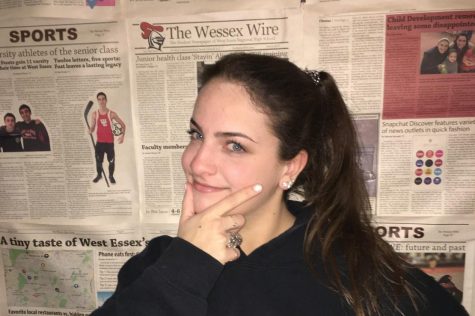Summer news around the world
November 3, 2017
By Grace Irwin ’18

White supremacist groups rallied on the campus of the University of Virginia on Aug. 14 in Charlottesville, N.C. According to an August report from the Washington Post, as many as 500 protesters gathered with posters and torches to oppose the removal of the Robert E. Lee statue from Lee Park.
In the two days protests lasted, 33 people were injured and three were killed, including 32-year-old Heather Heyer.
As one group of counter-protesters moved away from the demonstrations, a Dodge Challenger, driven by rally marcher James Alex Fields Jr., drove into the crowd, killing Heyer and injuring 19.
President Trump failed to address the issue until two days after the rallies started. The public reacted to Trump’s response negatively, seeing his actions as unpresidential. He spoke in an August press conference saying that both sides were equally at fault for the casualties, allowing for the protests proceed. Trump took to Twitter to further voice his frustrations, suggesting the media will never be satisfied with his responses. He received backlash via Twitter from politicians such as Senator Marco Rubio, who claimed that the white nationalists in Charlottesville were “100 percent to blame”.

Moon covers the sun in the 2017 eclipse.
Solar Eclipse
The first solar eclipse since 1990 was seen across the United States on Aug. 21. Globally, the eclipse was visible for 90 minutes. Most, however, were only able to view it for an average of a minute and 10 seconds.
NASA scientifically explains a solar eclipse as an “eclipse in which the Moon’s antumbral shadow traverses Earth (the Moon is too far from Earth to completely cover the Sun). During the maximum phase of an annular eclipse, the Sun appears as a blindingly bright ring surrounding the Moon.”
The shadow cast by the moon results from the moon covering the sun in orbit from Earth’s view. In regions of Europe and in western America, the shadow from the eclipse was visible without the aid of special solar eclipse glasses. Elsewhere, these glasses were necessary to safely view the eclipse. These glasses were available for as low as $5 on Amazon or could be homemade using only a cereal box and tin foil.

